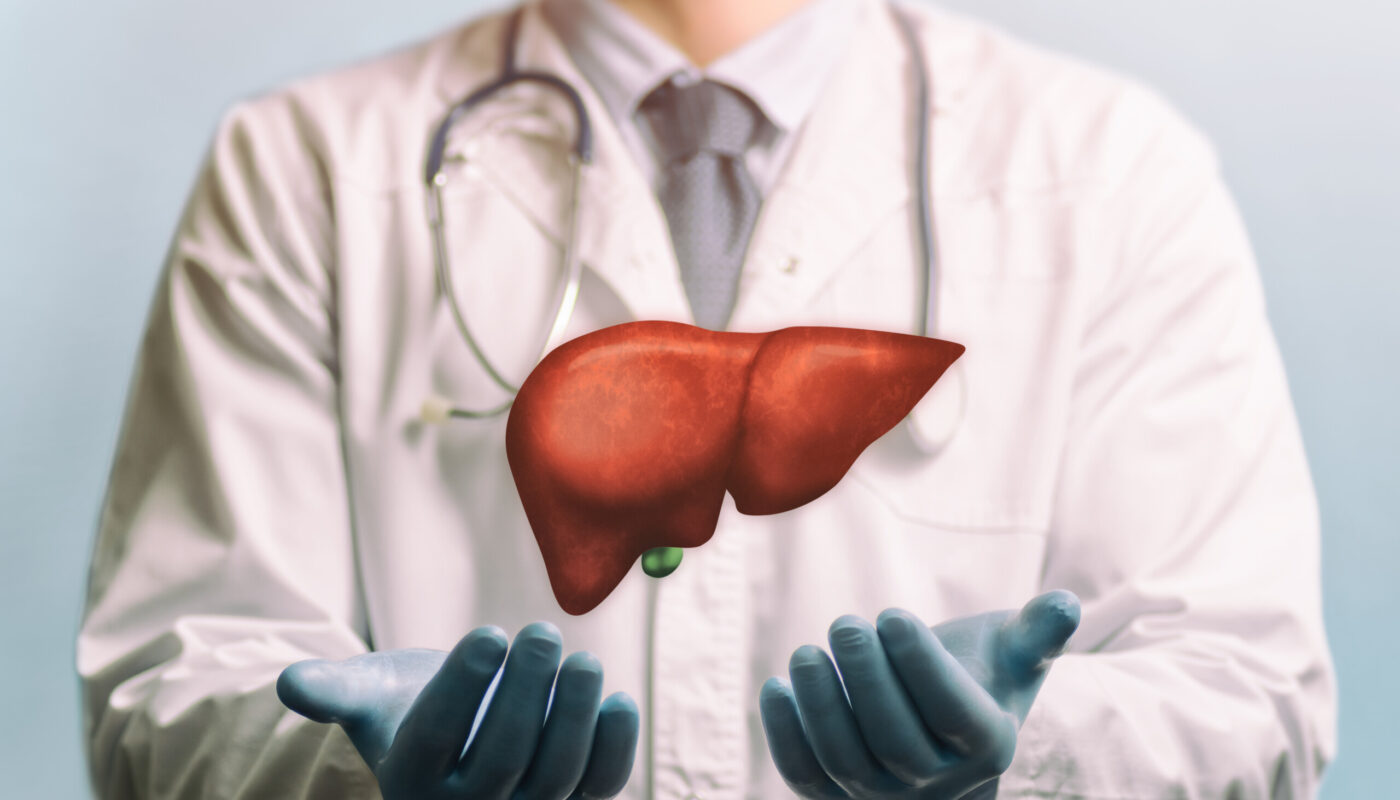The liver is a crucial organ in metabolism, acting as the central hub for converting food into energy. Research has indicated that obesity can disrupt normal liver functions, but the exact mechanisms behind this disruption have remained unclear. In a recent study published in iScience, scientists compared the liver functions of mice that were of typical weight with those that were obese, uncovering surprising insights into the effects of obesity on metabolic regulation.
Conventionally, in mice of typical weight, allosteric regulation – the process that governs metabolism – was inhibited during feeding and activated during fasting. However, in obese mice, this pattern was reversed, with allosteric regulation increasing during feeding and decreasing during fasting. The discovery of this reversed metabolic behavior sheds light on how obesity can impact the body and potentially contribute to the development of metabolic disorders and diseases.
According to the World Obesity Federation (WOF), the prevalence of obesity is on a worrying rise, with an estimated 4 billion individuals projected to be overweight or obese by 2035. This surge in obesity can lead to a host of health issues, including heart disease, nonalcoholic fatty liver disease, and type 2 diabetes. Understanding the intricate relationship between obesity and metabolic dysregulation is crucial for healthcare professionals to provide effective support and promote overall health.
Metabolism, the process in which the body obtains, stores, and utilizes energy from food, is significantly impacted by obesity. The liver, a key player in metabolism, plays a vital role in energy storage and processing. To investigate the effects of obesity on liver function, researchers conducted a comparative analysis between the livers of normal-weight and obese mice following periods of feeding and fasting.
Employing a trans-omics approach, the research team collected data on various biological processes and integrated them into a comprehensive trans-omic network. This network offered valuable insights into the interplay between different biological layers within the liver and shed light on how metabolic regulation differs between typical and obese mice.
Professor Shinya Kuroda from the University of Tokyo explained that while enzyme and allosteric regulation were suppressed in normal-weight mice during feeding, obese mice exhibited increased allosteric regulation during feeding, disrupting the metabolic equilibrium. This disruption could potentially lead to metabolic disorders, such as fatigue, reduced energy levels, and altered appetite.
Interestingly, the researchers observed that transcriptional regulation, a process that influences cell activity at a genetic level, remained relatively stable regardless of feeding or fasting states, indicating its resilience to dietary changes compared to allosteric regulation.
Furthermore, the study highlighted that the observed disruptions in liver function could extend beyond the liver itself, affecting broader metabolic processes throughout the body. By focusing on constructing a trans-omic network centered around the metabolome, researchers aim to gain a deeper understanding of how metabolic reactions and products circulate between the liver and muscles in obese mice.
The study underscores the complexity of obesity as a metabolic disease and emphasizes the importance of unraveling the intricate metabolic networks to comprehend its impact fully. Future research will delve into the circulation of metabolic products between the liver and muscles in obese mice, aiming to provide further insights into the systemic effects of obesity on metabolism.
Note:
1. Source: Coherent Market Insights, Public sources, Desk research.
2. We have leveraged AI tools to mine information and compile it.




